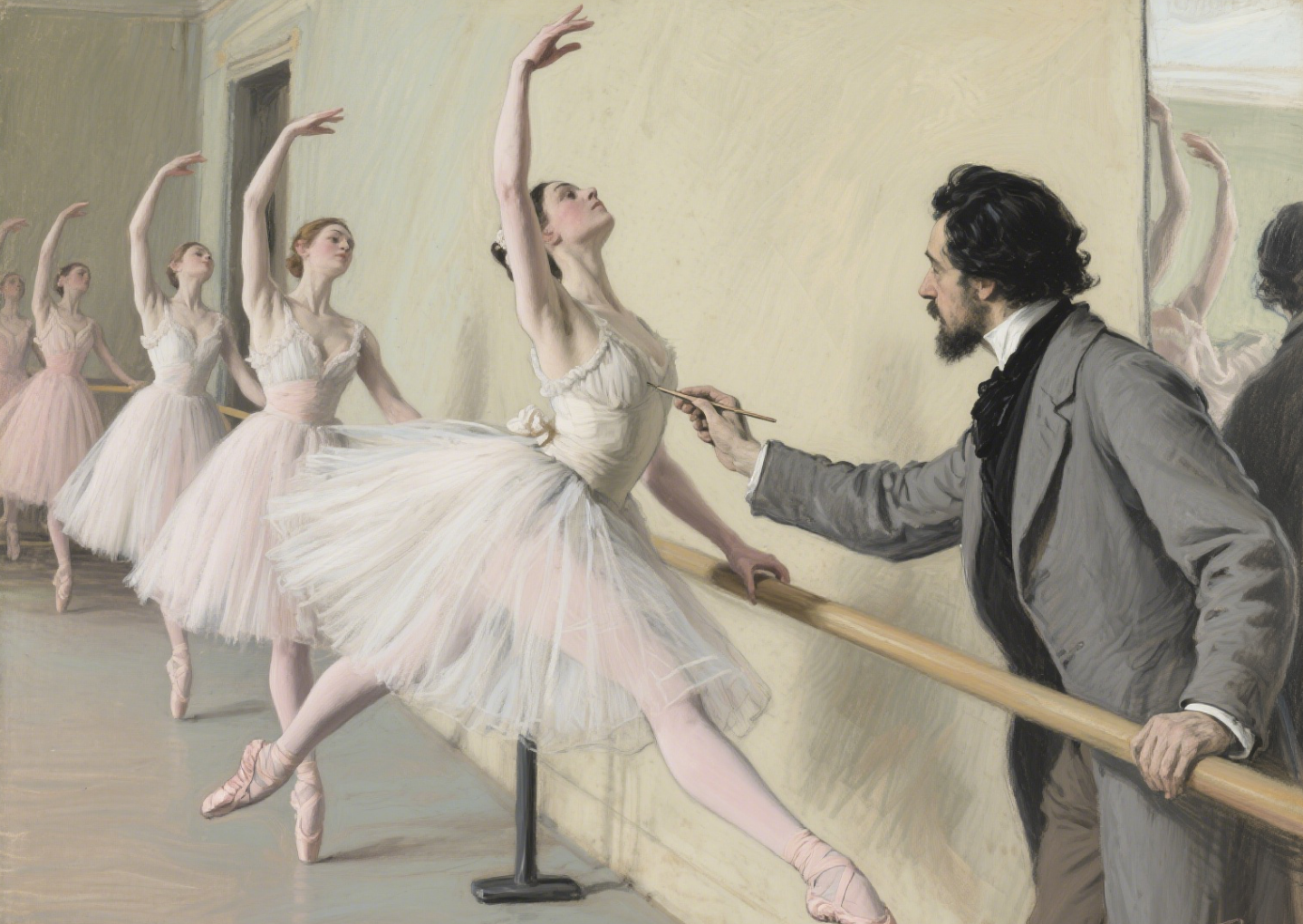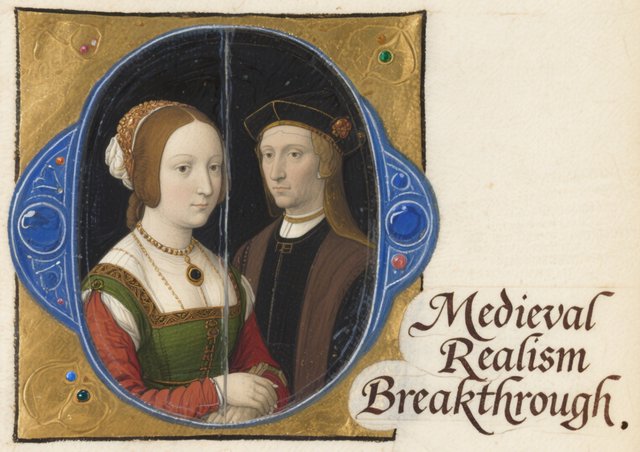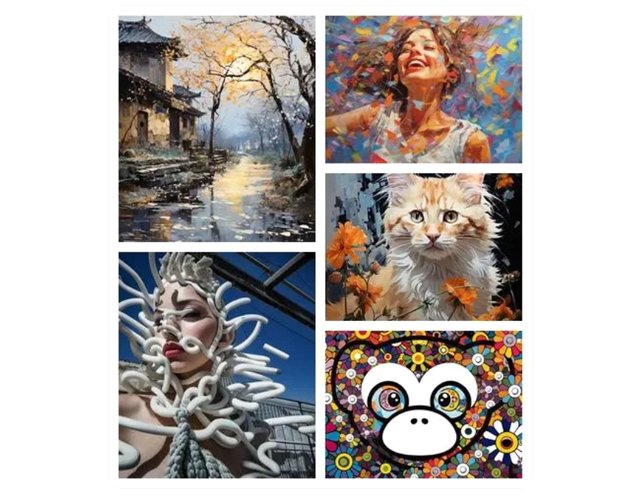Impressionist Oil Painting: What It Is, Who Painted It (Masters You Need to Know)

Imagine a world where Artists traded dark studios for sunlit fields, and “perfect” paintings for messy, vibrant snapshots of life. That’s Impressionism—a revolution that turned Oil painting upside down. In the 1860s, a group of rebels rejected stuffy art rules, grabbed their oil tubes, and painted feelings: the glow of dawn, the splash of a river, the laughter of friends. At theArtPaint, we’re breaking down what makes Impressionism tick, the geniuses who started it, and why their works still make us smile.
What Is Impressionist Oil Painting? It’s All About the “Moment”
Impressionism isn’t just a style—it’s a mindset. Before the 1860s, artists painted slow, detailed works in studios, copying “ideal” scenes. Impressionists said: No more. They wanted to capture life as it happens—the way sunlight turns water silver at 3 p.m., or how a crowd blurs into color at a café.
Their secret weapon? Oil paint. Its slow-drying formula let them work outdoors (“en plein air”) and blend colors quickly before the light changed. They used short, quick brushstrokes—like dabs of paint—that look messy up close but “click” from far away, creating a fuzzy, alive feeling. Bright, unmixed colors (think lemon yellows, sky blues) replaced the dark, muddy tones of old masterpieces.
Critics laughed at first. One called Monet’s Impression, Sunrise (1872) a “sketch”—not real art. The name stuck, and the artists embraced it: Yes, we paint impressions. That’s the point.
7 Iconic Impressionist Artists & Their Signature Works
1. Claude Monet (1840–1926): The “Light Chaser”
Monet didn’t just paint scenes—he painted light. He’d sit in the same spot for hours, repainting haystacks, cathedrals, or water lilies as the sun rose, set, and clouded over.
Masterpiece: Water Lilies (1899–1926). A series of 200+ oil paintings of his garden pond in Giverny. He used soft, overlapping brushstrokes to make water look like liquid light, with lily pads floating in a blur of greens and pinks.
Trick: He mixed oil with turpentine to thin the paint, creating wispy, transparent layers that mimic water’s shimmer.
2. Pierre-Auguste Renoir (1841–1919): The “Joy Painter”
Renoir loved people—dancers, picnickers, kids at play. His oil works are warm, fuzzy, and full of laughter, with bodies that glow like they’re lit from within.
Masterpiece: Luncheon of the Boating Party (1881). A lively scene of friends eating, drinking, and flirting by a river. Renoir’s short, dabbly brushstrokes make the sunlight dapple on their faces and dresses, turning a simple lunch into a celebration.
Trick: He added a touch of red to every skin tone (even shadows!) to make cheeks and arms look flushed with life.
3. Edgar Degas (1834–1917): The “Movement Hunter”
Degas wasn’t into pretty landscapes—he loved action. Ballerinas, horse races, laundresses hard at work—he painted people in motion, like a photographer catching a split second.
Masterpiece: The Dance Class (1874). A messy, chaotic scene of ballerinas stretching, chatting, and practicing. Degas used sharp, angular brushstrokes for their legs and tutus, making them look like they’re mid-leap.
Trick: He often cropped his paintings like photos (cutting off a foot or a corner), making the scene feel “unplanned”—like we walked in mid-rehearsal.
4. Berthe Morisot (1841–1895): The “Domestic Poet”
Morisot, one of the few female Impressionists, painted quiet moments: a child napping, a woman reading, a breeze through a window. Her oil works are soft, delicate, and full of quiet emotion.
Masterpiece: The Cradle (1872). A mother leaning over her baby’s cradle, curtains blowing gently. Morisot used pale blues and pinks, with brushstrokes so light they almost disappear—like a whisper.
Trick: She mixed oil with water to create a “milky” texture, making her scenes feel dreamy and intimate.
5. Alfred Sisley (1839–1899): The “Rain Lover”
Sisley stuck to landscapes, but not the sunny kind. He painted fog, rain, and gray skies, turning dull days into moody masterpieces.
Masterpiece: The Bridge at Argenteuil (1872). A gray, drizzly day over a river, with a stone bridge and a few small boats. Sisley used cool blues and grays, with quick brushstrokes that look like raindrops hitting the water.
Trick: He layered thin oil glazes to make mist look “see-through”—you can almost feel the damp air.
6. Camille Pissarro (1830–1903): The “Village Storyteller”
Pissarro painted rural life: farmers working, children playing, villages at dawn. His oil works are earthy and honest, with none of the glitz of city scenes.
Masterpiece: Haymaking, Éragny (1890). A golden field with farmers stacking hay, under a sky swirled with pink and blue. Pissarro’s brushstrokes are short and choppy, like the rustle of wheat in the wind.
Trick: He used warm oranges and yellows for sunlight, even in shadows, to make fields feel “sun-baked.”
7. Mary Cassatt (1844–1926): The “Mother and Child Artist”
Cassatt, an American in Paris, focused on motherhood—no frills, just quiet moments of love: a baby being bathed, a mother kissing a toddler’s cheek.
Masterpiece: The Child’s Bath (1893). A woman kneeling, washing a baby’s feet in a basin. Cassatt used bold, flat colors (deep blues, warm reds) and sharp lines, making the scene feel modern and real.
Trick: She studied Japanese prints, borrowing their simple shapes and close-up angles to make everyday moments feel special.
How to Spot an Impressionist Oil Painting
Brushstrokes: Short, quick, and visible—like someone flicked paint at the canvas.
Light: Bright and changing—shadows have hints of color (purple, blue), not just black.
Subjects: Everyday life—parks, cafes, families, nature. No kings or saints here.
Feel: Fuzzy and alive, like a memory or a quick photo.
Pro tip: Stand 10 feet away from the painting. If it suddenly “comes into focus” and feels like you’re there, it’s probably Impressionist.
Table: Impressionist Masters at a Glance
| Artist | Signature Subject | Key Brushstroke Style | Most Famous Work | Why It Matters |
|---|---|---|---|---|
| Claude Monet | Water, light, landscapes | Soft, overlapping dabs | Water Lilies | Invented painting the same scene in different light |
| Pierre Renoir | People, parties, joy | Short, colorful flickers | Luncheon of the Boating Party | Made everyday happiness look beautiful |
| Edgar Degas | Dancers, movement | Sharp, angular strokes | The Dance Class | Captured motion like a “frozen moment” |
Impressionism taught us that art doesn’t have to be perfect—it just has to feel true. These artists used oil paint to freeze moments that matter: a laugh, a sunset, a mother’s touch. Today, their works hang in museums, but their spirit lives on in anyone who picks up a brush and paints what they see, not what they’re told to.
At theArtPaint, we say: channel your inner Impressionist. Grab some oil paints, go outside, and paint 10 minutes of sunlight—messy, bright, and totally yours.
theArtPaint.com—where impressions become masterpieces.




